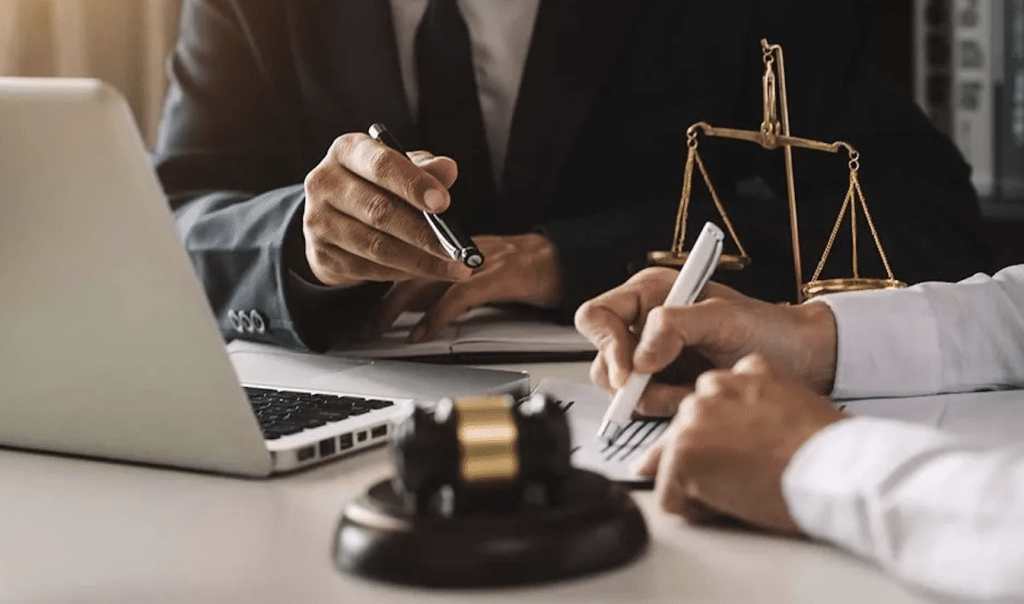When accidents happen and injuries occur due to someone else’s actions, victims are often left dealing with medical bills, emotional distress, and the long-term impact of their injuries. This is where personal injury claims come into play. A personal injury claim allows an individual to seek compensation for harm caused by negligence or wrongdoing. These claims typically arise from accidents such as car collisions, slip-and-fall incidents, or workplace injuries, among other causes.
Filing a personal injury claim can seem overwhelming, especially when trying to recover from the physical and emotional toll of an injury. Understanding the claim process and the types of damages that can be pursued helps victims feel empowered and informed. Whether seeking compensation for medical expenses or pain and suffering, knowing the basics of personal injury law can ensure that the legal process works in favor of the injured party.
The Importance of Negligence in Personal Injury Cases
According to 216lawyers.com, at the core of many personal injury claims lies the concept of negligence. Negligence refers to the failure of an individual or entity to act with the level of care that a reasonable person would exercise, resulting in harm to another. For example, a driver running a red light and causing a car accident would be considered negligent, as they failed to adhere to traffic laws meant to prevent such incidents. Similarly, a property owner who neglects to repair a broken sidewalk that causes someone to trip may be liable for any resulting injuries.
To succeed in a personal injury claim, the injured party must prove that the responsible party’s negligence directly caused their injury. This often involves demonstrating that the defendant had a duty of care and violated that duty, resulting in harm. The victim must also show that the injuries sustained were not due to their own actions. In most personal injury cases, establishing negligence is essential to securing compensation for the victim’s injuries and other damages.
Gathering Evidence to Strengthen Your Case
For a personal injury claim to succeed, gathering and preserving evidence is crucial. Victims need to document the scene of the incident, obtain witness statements, and collect medical records that substantiate the extent of their injuries. Photographs of the accident site, the injuries, and any relevant conditions can be key pieces of evidence in building a compelling case.
Another important aspect of evidence gathering involves maintaining a detailed account of the impact the injury has had on the victim’s daily life. This includes keeping track of medical appointments, lost wages, and how the injury has affected personal activities. Such documentation not only strengthens the case but can also help establish the emotional and physical toll of the injury, which can influence the compensation amount. Proper documentation supports the victim’s claims and ensures they have the best chance at receiving a fair settlement or judgment.
Navigating the Claims Process and Legal Considerations
Once evidence has been gathered, the next step is filing the claim with the at-fault party’s insurance provider. The insurance company will typically assess the claim and may offer a settlement. If the settlement is fair and adequately compensates the victim for medical expenses, lost income, and pain and suffering, the case may be resolved without further legal action.
However, in many cases, insurance companies attempt to minimize the payout or deny the claim altogether. In such situations, pursuing legal action may be necessary. This can involve filing a lawsuit and going through the court system to seek compensation. It is essential to have experienced legal representation when navigating this process, as personal injury law is complex, and having a professional advocate on your side can significantly impact the outcome of the case.
Determining the Value of a Personal Injury Claim
The compensation awarded in a personal injury claim varies depending on the severity of the injury, the extent of the damages, and the specifics of the case. Victims may seek compensation for both economic and non-economic damages. Economic damages include tangible losses such as medical expenses, lost wages, and future medical care. Non-economic damages, on the other hand, address the more subjective aspects of a personal injury, such as pain and suffering, emotional distress, and loss of quality of life.
In addition to these basic categories, some personal injury cases may also involve punitive damages. These are awarded in cases where the defendant’s actions were especially reckless or intentional. Punitive damages are meant to punish the defendant and deter similar behavior in the future. An experienced personal injury lawyer can assess the case, calculate the appropriate damages, and advocate for the best possible outcome for the victim.
Conclusion: Protecting Your Rights and Pursuing Fair Compensation
Filing a personal injury claim can be a daunting process, but understanding your legal rights and options is the first step toward securing justice. With the proper documentation, expert legal advice, and a strong case, victims can seek compensation that covers their medical expenses, lost wages, and pain and suffering.
The legal process may seem overwhelming, but the right attorney can guide you through each stage, from gathering evidence to negotiating settlements or taking the case to trial. When it comes to personal injury claims, it is important to act promptly, as certain time limits exist for filing claims. By taking immediate action and ensuring that you have the support of a skilled lawyer, you can maximize your chances of a favorable outcome and ensure that those responsible for the injury are held accountable.
Pursuing a personal injury claim not only helps victims recover financially but also serves to hold negligent parties accountable, promoting safety and responsibility in society. Protecting your rights and ensuring proper compensation is essential for moving forward and rebuilding your life after an injury.
